One of the great fascinations of a ‘lost’ work by a famous name dredged up out of the vault after a lapse of several decades lies in establishing precisely when it was written. The jacket of Pure Juliet offers no clue, but parenthetic mention of Star Wars being on at the Odeon and an old lady who fears the depredations of the IRA suggests a composition mark sometime in the late 1970s — at any rate somewhere near the point when Stella Gibbons (1902–1989) was approaching her 80th year.
Take away these half-dozen references to such sure-fire signifiers of the Callaghan era as comprehensive schools and this awful ‘punk’ music and what remains could very easily have been filed in the 1930s. Certainly most of the dialogue — in which old ladies bellow ‘What?’ at their nervous interlocutors, thirtysomethings proclaim that they’ll be damned and a girl tells her fiancé that he’s an ass — is well-nigh archaic, as are the demographic boundaries of a cast in which elderly spinsters, breezy young men and domestic servants genteelly abound.
Not all, though, is well-manicured politesse, because Juliet, Gibbons’s chain-smoking and obstreperous heroine, hails from a council estate and talks panto-style London demotic. A self-taught scientific genius, enticed by her ageing benefactress Miss Adelaide Pennecuick into taking up residence in a large and suspiciously well-staffed house in Hertfordshire, ‘Julie’ awakens all kinds of alarm in the breasts of Miss Pennecuick’s entourage, not least her fast friend Mrs Massey, who worries that a proposal by ‘Addy’s great-nephew Frank will cut out her grand-daughter Clemence’. Then, of course, there is the question of where the money will end up.
If all this sounds like the plot of a Victorian novel transported into the modern age, or something more or less approximating it, then the resemblance becomes even more emphatic in the chapters following Miss Pennecuick’s death. Here Frank, her chief legatee, does the decent thing by Clemence, sires a house full of children, hands Hightower over to an ecology movement whose ideals he supports, sends Juliet to Cambridge and then watches fondly as she settles down
in the house next door to work on her ground-breaking enquiry into the idea of coincidence.
As to the exact nature of Juliet’s studies, all we really learn is that she is considered to be a modern Kepler or Wittgenstein, while burning to devise a benchmark for the workings of chance that will resemble ‘the second law of thermodynamics’. Though successful at Cambridge, she is thought ‘obsessive’, and it is not until her late thirties, after long years of self-sequestration, that she finally breaks cover with a document entitled ‘The Law of Coincidence: Some Investigations and a Conclusion’, wins a prestigious award funded by a
Gulf State emirate and is whisked off to the ‘University of Qu’aid’ to receive it in the company of Frank and his admiring family.
Even by this late stage the junior Pennecuicks are still telling each other to ‘pipe down’. Further evidence of the novel’s almost complete detachment from the locales it purports to describe can be found in the chapter about Juliet’s education, which suggests that you get into Cambridge by passing examinations in a variety of different subjects (all apparently sat on the same day) and travel there from Hertfordshire by way of Norwich. None of this is without a certain amount of sly charm, or indeed pathos (see, in particular, what happens to Juliet), but the ‘classic’ status now bestowed on this period curio is as questionable as the wedding-bound Mrs Massey’s taste in hats.
Got something to add? Join the discussion and comment below.
Get 10 issues for just $10
Subscribe to The Spectator Australia today for the next 10 magazine issues, plus full online access, for just $10.
You might disagree with half of it, but you’ll enjoy reading all of it. Try your first month for free, then just $2 a week for the remainder of your first year.

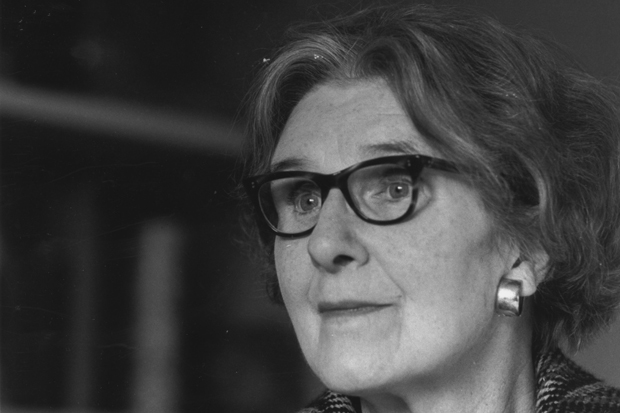
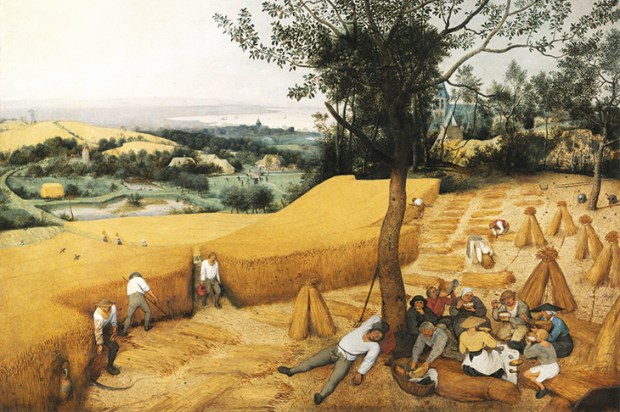
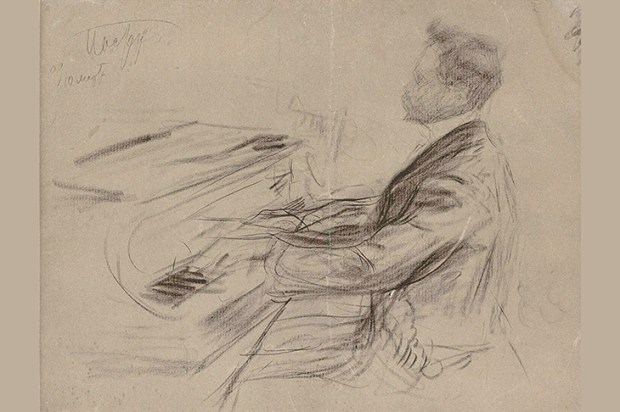
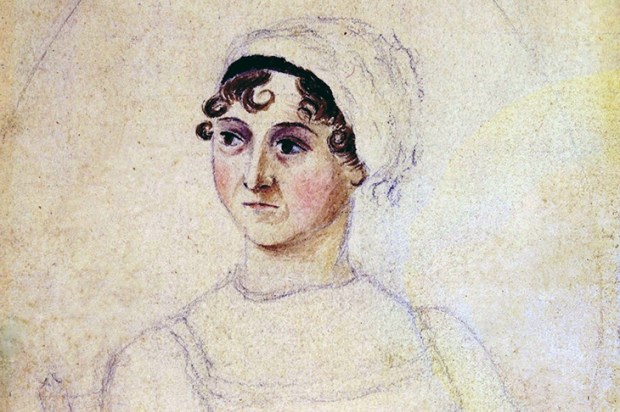
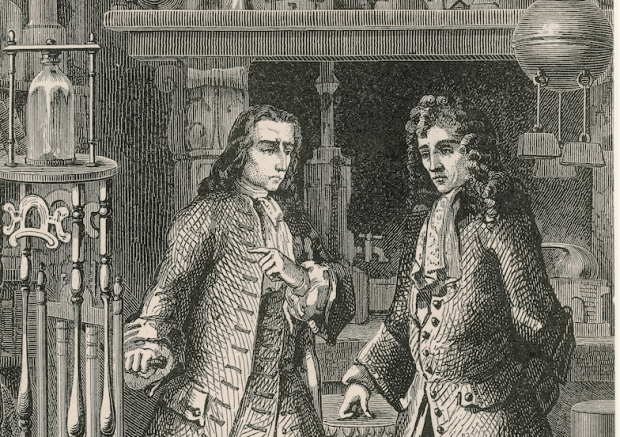








Comments
Don't miss out
Join the conversation with other Spectator Australia readers. Subscribe to leave a comment.
SUBSCRIBEAlready a subscriber? Log in